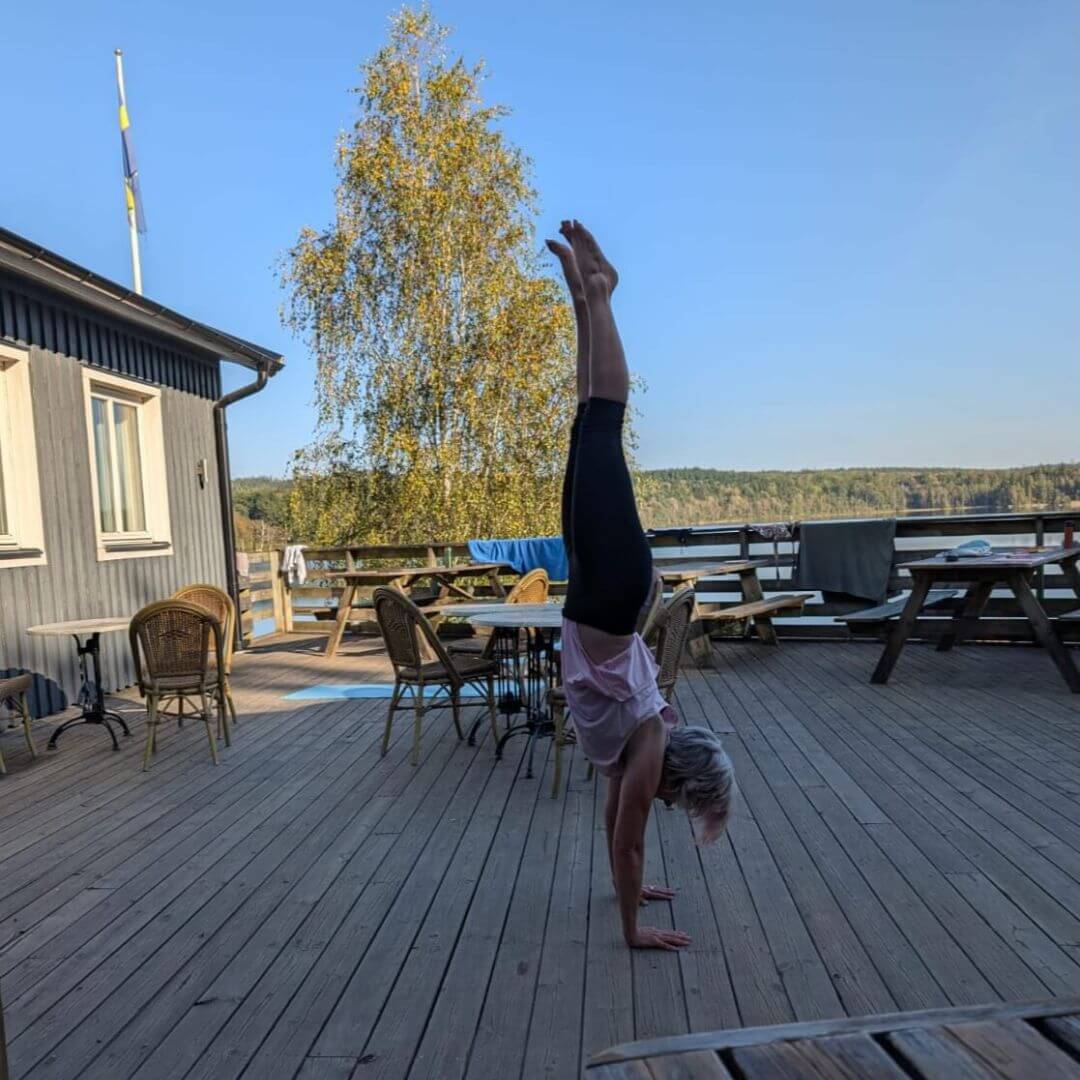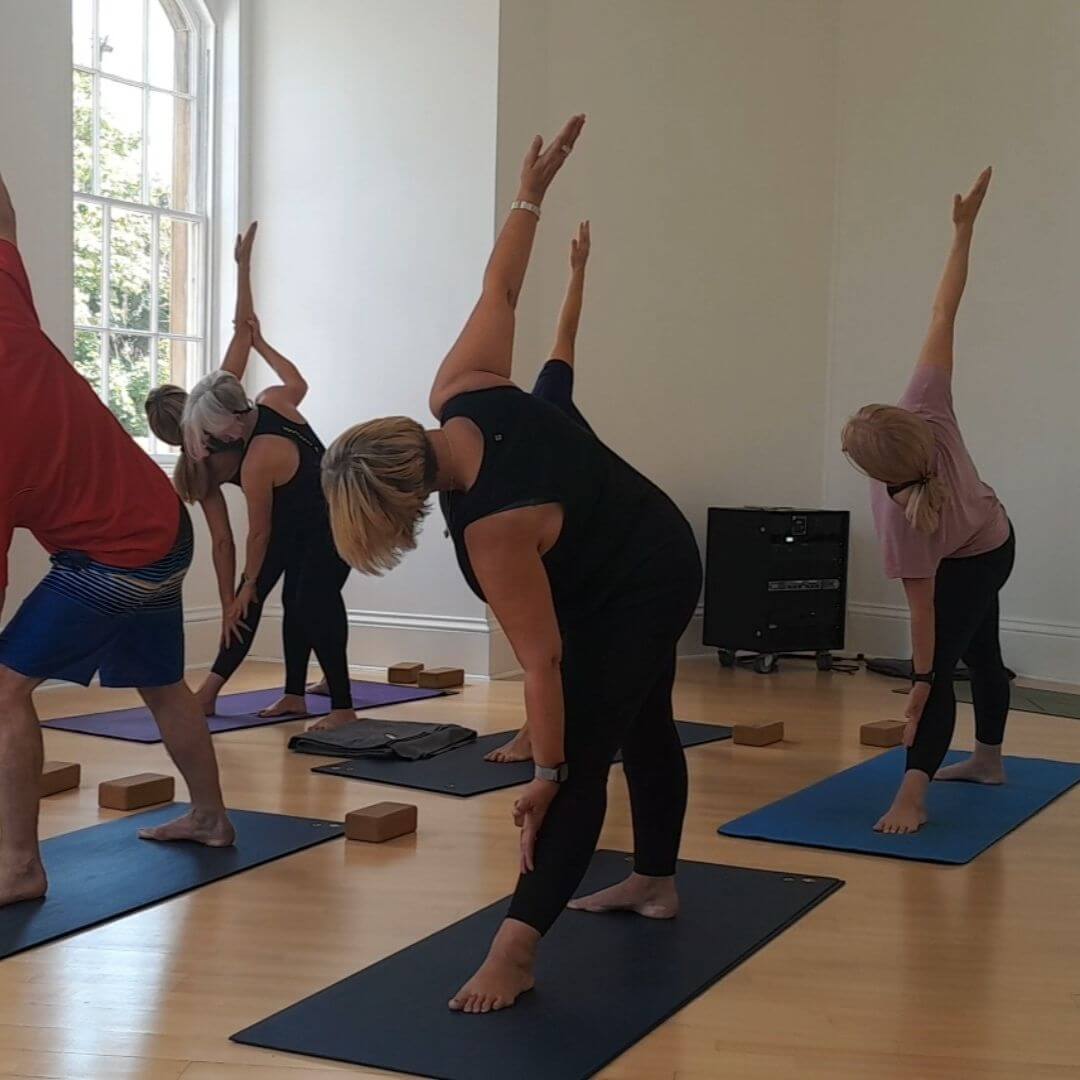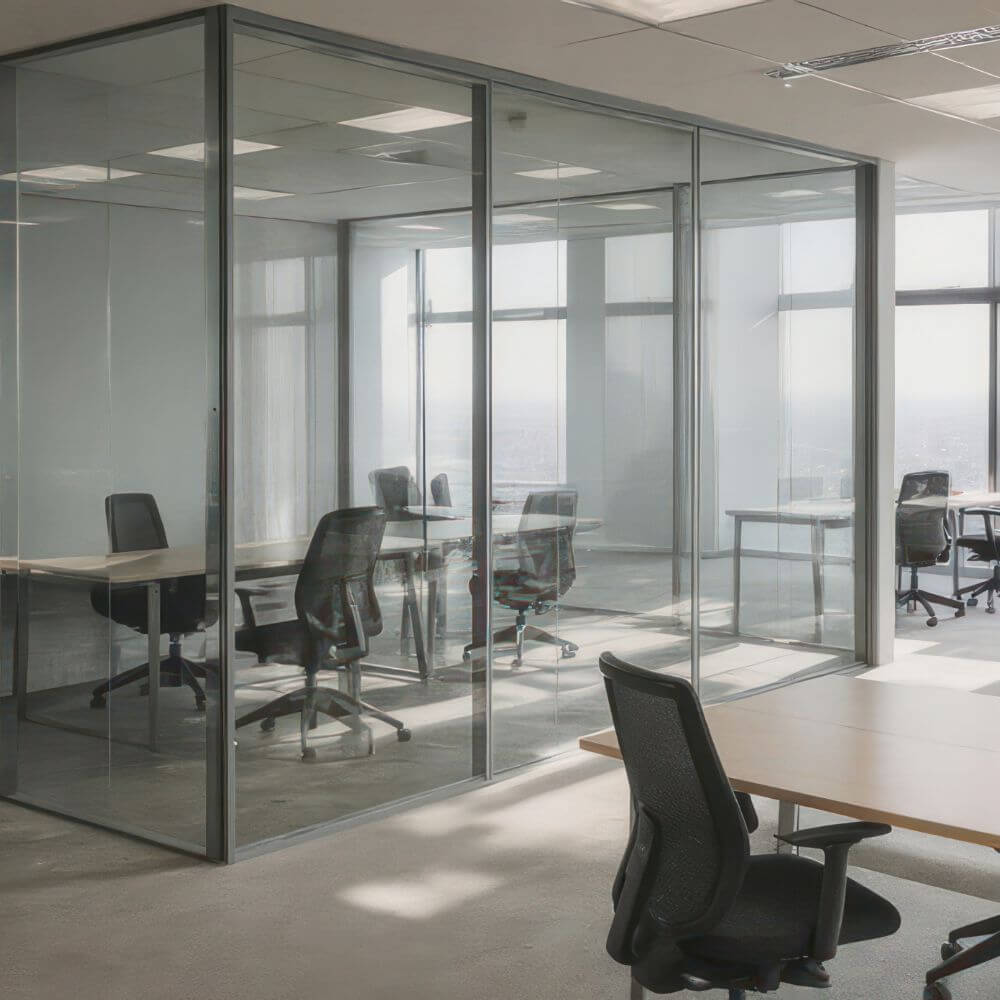The Truth About Corporate Wellbeing Programs


What a Corporate Wellbeing Program Actually Is
Strip away the buzzwords, and a corporate wellbeing program is simply a structured, intentional system for keeping humans functional inside a workplace that isn’t designed for their bodies or minds.
That’s it.
No mystery, no app subscription, no glossy internal campaign. Just structured human maintenance.
A wellbeing program done properly looks at how people actually work, not how they say they work in company surveys. It acknowledges that the modern office environment (whether physical or hybrid) is an endurance event disguised as a desk job.
Sitting still for eight hours. Breathing shallowly. Glancing between screens. Clenching your jaw without noticing. Then you wonder why you feel like your battery’s been leaking since lunch.
A good program meets that reality head-on. It’s not about chasing zen or promoting productivity; it’s about returning people to baseline so their body and brain can cooperate again.
Here’s how it breaks down when you strip it to essentials:
Physical Wellbeing
Everything starts here. When your body’s tense, every other system compensates, the spine collapses, breathing shortens, and the nervous system starts running like a faulty engine.
Physical wellbeing inside a workplace means teaching people to move again, to stand, stretch, breathe, and notice when they’ve been locked in the same shape for too long. It’s the most neglected form of intelligence in business.
Mental Wellbeing
Most companies mistake “mental health” for “mental load.” They throw in a mindfulness app and expect miracles. But true mental wellbeing isn’t about silencing thoughts; it’s about learning how to regulate the mind’s constant activity through embodied awareness.
When people reconnect to their breath, they stop running their nervous system like a factory line. That’s when focus returns.
Cultural Wellbeing
A team can’t be well in isolation. If the culture encourages overwork, silence, or passive aggression, no one yoga session will change that.
Cultural wellbeing is about creating an environment where calm is contagious, where presence is modelled, not mandated. It’s how communication shifts from reactive to responsive.
Structural Wellbeing
This is the practical side. The hours, workload, space, and systems people operate within. You can’t build wellbeing into a schedule that doesn’t allow recovery.
Even the best program won’t stick if meetings run through lunch and leadership sets chaos as the tone. So the structure has to change with the people.
Why Most Corporate Wellbeing Programs Fail
1. They’re Performative
2. They’re Too Generic
3. They Ignore the Body
4. They Confuse Entertainment with Engagement
5. They Don’t Measure Anything That Matters
The Real Problem Beneath All of It
The Science of What Actually Works
The Physiology of Sitting Still
The Cortisol Loop: Why Stress Feels Endless
Why Breath Is Your Most Underrated Tool
Attention and the Body
The Collective Nervous System
Why Quick Fixes Don’t Stick
Science in Plain English
-
- Movement switches off stress faster than words.
- Breath regulates focus faster than caffeine.
- Shared rhythm builds connection faster than any team-building exercise.


The Anatomy of a Well-Designed Corporate Wellbeing Program
How to Choose the Right Corporate Wellbeing Partner
1. They Get What Real Work Feels Like
2. They Talk Sense, Not Science Fiction
3. They Can Read a Room
4. They Keep It Practical
5. They Measure Something Real
6. They Know Calm Isn’t a Performance
7. They’re Not Trying to Fix Anyone


How Much a Corporate Wellbeing Program Costs (and Why)
The Real Numbers
Where the Money Actually Goes
-
- Preparation | reviewing your workspace, your schedule, and your team’s needs.
- Delivery | a qualified professional on-site each week guiding people through movement, breath, and focus resets.
- Measurement | short surveys or feedback loops that track stress, focus, and energy before and after.
- Follow-up | making sure the work translates into actual daily habits rather than being forgotten by week three.
Understanding Value, Not Just Cost
Why “Expensive” Is Usually Cheaper
Putting It in Perspective
What You’re Really Buying
How to Calculate ROI Without Bullshit
Start with What You’re Already Losing
Track the Obvious (and the Subtle)
-
- Absence: has sick leave dropped?
- Energy: are afternoons less sluggish?
- Focus: are deadlines smoother, communication calmer?
- Culture: do people show up to meetings less defensively and more engaged?
Look for Tangible Signals
Short-Term vs Long-Term Return
The Emotional ROI (The Bit Nobody Quantifies)
A Quick Formula (If You Need One)


How Often You Should Run It
Why Consistency Beats Intensity
Making It a Habit, Not a Disruption
When to Repeat the Full Program
What Happens If You Stop
How Long It Takes to See Results
Weeks 1–2: The Realisation Phase
Weeks 3–5: The Reset Phase
Weeks 6–8: The Integration Phase
Weeks 9–12: The Maintenance Phase
After the Program Ends


What Kind of Companies Benefit Most
Small to Mid-Size Teams (the Sweet Spot)
Desk-Based Businesses
-
- Recruitment agencies – high-energy environments with constant calls and zero breaks.
- Finance and law firms – long hours, high cognitive load, and perfectionism disguised as professionalism.
- Creative and marketing agencies – great ideas, terrible posture.
- School admin teams – multi-tasking champions who absorb everyone else’s chaos and never switch off.
Companies That Actually Care
Workplaces That Want Measurable Change
Local Companies - Nottingham and Nearby
Companies Who Don’t Want Fluff


What a Typical Session Feels Like
The Stories We Tell Ourselves About Wellbeing
The Future of Workplace Wellbeing
Final Thoughts
If this sounds like the kind of calm your office could use, start with the Intro Session. Two and a half hours, on a Tuesday morning, in your own workspace. No slides, no slogans, just movement, breath, and the kind of silence you didn’t realise the room was missing.
It’s the easiest way to see what this work actually does: how fast people unwind, how focus returns, how much better the space feels once everyone’s stopped pretending they’re fine. You don’t need to commit to twelve weeks to find out. Just one.
Book your Intro Session (£500)
Work used to mean sitting still and pushing through. Now it means learning how not to disappear while you do it.
The truth is, most people don’t need a radical life overhaul. They just need to breathe properly, move occasionally, and stop confusing exhaustion with purpose. Wellbeing isn’t about escaping the office or adding yoga to the calendar. It’s about returning to something we were never supposed to lose, physical awareness, mental clarity, and a nervous system that knows how to calm down.
Sit Happens exists because people forget. They forget they have bodies. They forget that rest is productive. They forget that being upright and present is a skill, not a personality trait. The program just reminds them. Slowly. Week by week.
The future of work will belong to the companies that understand this isn’t an extra. It’s essential. The workplaces that prioritise stillness will make better decisions, keep better people, and build cultures that don’t quietly break their staff.
That’s what wellbeing really is, not a trend, not a perk, not a press release. Just humans remembering how to function again.
And once you’ve felt that? You don’t go back.


